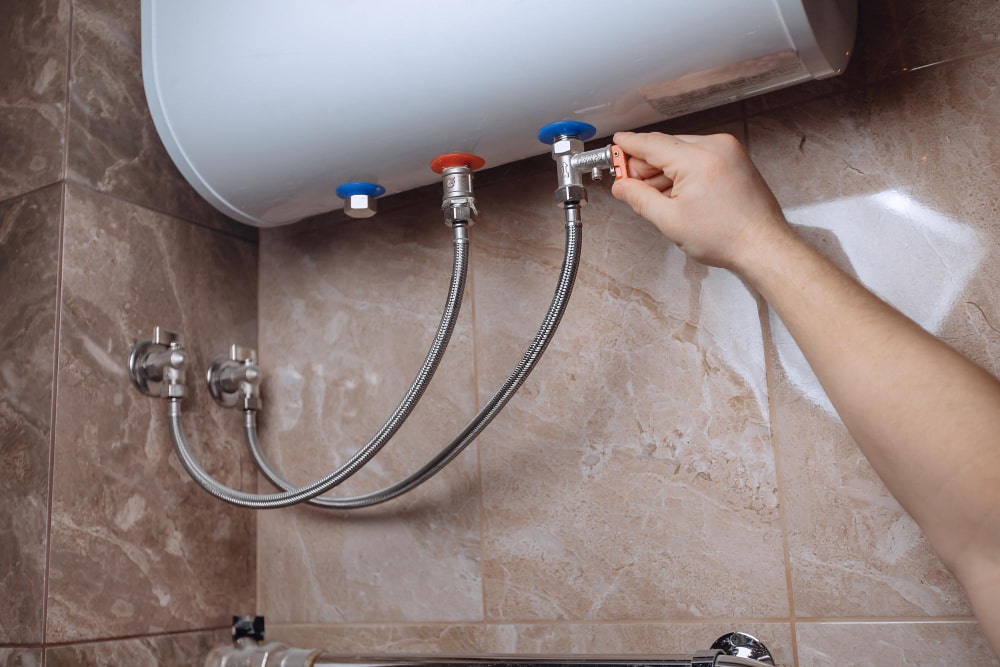This great article below involving Tips For Maintaining Your Hot Water Heater is absolutely motivating. Don't overlook it.

Hot water is important for daily convenience, whether it's for a rejuvenating shower or washing recipes. To ensure your warm water system runs successfully and lasts longer, regular maintenance is essential. This short article provides useful tips and understandings on exactly how to maintain your home's warm water system to avoid disruptions and pricey repair services.
Introduction
Keeping your home's hot water system might appear challenging, but with a couple of basic steps, you can guarantee it operates efficiently for years ahead. This guide covers everything from comprehending your hot water system to do it yourself maintenance ideas and knowing when to employ expert help.
Value of Maintaining Your Hot Water System
Normal maintenance not just extends the life expectancy of your warm water system but likewise guarantees it runs efficiently. Ignoring upkeep can result in reduced performance, higher power bills, and even early failing of the system.
Signs Your Warm Water System Demands Maintenance
Recognizing when your hot water system needs interest can protect against major problems. Watch out for indicators such as irregular water temperature, unusual sounds from the heater, or rusty water.
Comprehending Your Warm Water System
Before diving right into upkeep jobs, it's valuable to recognize the standard components of your hot water system. Commonly, this includes the water heater itself, pipes, anode poles, and temperature level controls.
Monthly Maintenance Tasks
Regular month-to-month checks can aid catch minor issues before they intensify.
Purging the Hot Water Heater
Flushing your water heater removes sediment accumulation, enhancing performance and lengthening its life.
Checking and Replacing Anode Rods
Anode rods avoid rust inside the storage tank. Inspecting and replacing them when worn out is vital.
Evaluating and Adjusting Temperature Setups
Readjusting the temperature level setups makes certain ideal performance and safety.
DIY Tips for Maintenance
You can perform several maintenance tasks yourself to keep your warm water system in leading problem.
Looking for Leakages
On a regular basis evaluate pipelines and links for leaks, as these can result in water damage and higher costs.
Examining Stress Alleviation Valves
Checking the pressure relief valve ensures it operates appropriately and stops excessive stress accumulation.
Shielding Pipelines
Shielding warm water pipes reduces warmth loss and can conserve energy.
When to Call a Professional
While DIY upkeep is helpful, some problems require specialist experience.
Complicated Issues Needing Professional Aid
Examples include significant leakages, electrical troubles, or if your hot water heater is constantly underperforming.
Routine Specialist Upkeep Advantages
Specialist maintenance can include thorough examinations, tune-ups, and making sure compliance with safety and security requirements.
Verdict
Routine maintenance of your home's warm water system is necessary for efficiency, long life, and cost financial savings. By complying with these pointers and recognizing when to seek specialist help, you can make certain a trustworthy supply of hot water without unanticipated disruptions.
Water Heater Maintenance Tips
Test the TPR Valve
Shut off the power and the cold-water supply valve. Place a bucket under the pipe connected to the temperature-pressure-release (TPR) valve on the top or side of the tank. (This valve opens if the tank pressure gets too high.) Lift the valve’s tab to let some water out, then let go. If water keeps flowing, drain the tank partway, unscrew the old valve with a pipe wrench, and install a new one. Check the Anode Rod
Put a hose to the tank’s drain cock and let out a few gallons of water. Now fit a 1 1/16-inch socket onto the rod’s hex head on top of the heater (or under its top plate) and unscrew the rod. If it’s less than ½ inch thick or coated with calcium, buy a new one, wrap its threads with Teflon tape, put it back in the tank, and tighten securely. Use this segmented rod if headroom above the tank is limited. Drain the Tank and Wash Out Sediment
Drain the remaining water in the tank into the bucket, then stir up the sediment on the tank’s bottom by briefly opening the cold-water supply valve. Drain and repeat until clean water comes out of the hose. Close the drain cock, refill the tank, and turn its power back on. Adjust the Temperature
Find the temperature dial on the side of the tank and unscrew its cover. Adjust the dial to 120 degrees using a flathead screwdriver. For every 10 degrees the temperature is lowered, you can expect to save up to 5 percent in energy costs. Turn the water heater off or the thermostat down to its lowest setting if you plan to be away from home for more than three days. Insulate the Pipes
Buy some self-sticking 3/8-inch-thick foam pipe insulation that matches the pipes’ diameter. Slide the foam over the hot-and cold-water pipes as far as you can reach. Insulating the cold-water pipe prevents condensation in summer. Peel the tape and squeeze the insulation closed. If the pipe is 6 inches or less from the flue, cover it with 1-inch-thick unfaced fiberglass pipe wrap. https://www.thisoldhouse.com/plumbing/21016402/how-to-maintain-a-water-heater

As an enthusiastic reader on How to Maintain a Hot Water Heater in a Few Simple Steps, I think sharing that segment was beneficial. Sharing is caring. Helping people is fun. We take joy in your readership.
Visit